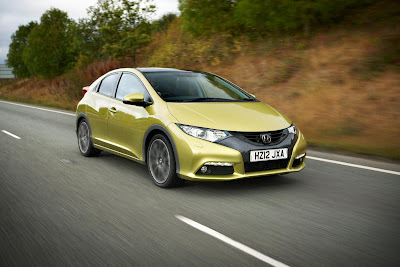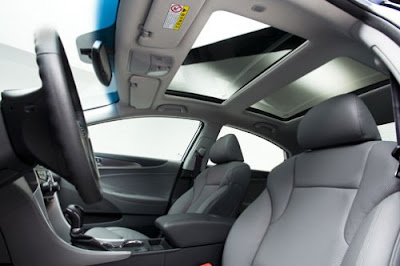Information Specification Modification Image Review 2012 BMW 320d SE
A new BMW 3-series is a big deal. The default sports saloon accounts for one third of BMW’s sales so the Munich firm can’t afford to get it wrong. Read on for CAR's first drive review of the new BMW 3-series.
Other engines will come later, though a initial lineup starts during £24,880 and comprises 4 diesels (115bhp 316d, 141bhp 318d, 161bhp 320d Efficient Dynamics, 181bhp 320d) and 3 petrols (181bhp 320i, 242bhp 328i and a 335i). The 320i and 328i are partial of a new operation of turbocharged 2.0 engines already filtering into a Z4 and 5-series, regulating approach injection and twin-scroll turbos to give a opening of a aged sixes and near-diesel economy.
Our cheap personal contract hire (PCH) and 2dr Coupe 320d SE 2012 PCP deals shown above are perfect for the personal BMW car buyer. To find the best offer for your new vehicle, you can even compare deals side by side.
source:financeacar.co.uk,carmagazine.co.uk,rankingcar.com
A new BMW 3-series is a big deal. The default sports saloon accounts for one third of BMW’s sales so the Munich firm can’t afford to get it wrong. Read on for CAR's first drive review of the new BMW 3-series.
Bar the comedy glasses, the new BMW 3-series looks the same to me. What’s changed?
More than you’d imagine. Built on a new platform, the new 3-series (codenamed F30) is 93mm longer than the old E90, 50mm of which goes into the wheelbase to improve rear legroom by 15mm. Boot space is up by 20 litres and the track is wider too, by 37mm at the front, and 47mm at the rear. But despite this, the F30 is actually lighter than the old car, by up to 45kg depending on engine and spec.What about those engines? Loads of tawny sixes we hope…
Anoraks will know that a bizarre E21 3-series didn’t get a initial 6 until it had been on sale for a integrate of years, though given how inextricably related a 3-series has been to a six-pot over a past 3 and bit decades, it’s bizarre to consider that a new automobile will launch with usually one engine make-up some-more than 4 cylinders: a 302bhp 335i.Other engines will come later, though a initial lineup starts during £24,880 and comprises 4 diesels (115bhp 316d, 141bhp 318d, 161bhp 320d Efficient Dynamics, 181bhp 320d) and 3 petrols (181bhp 320i, 242bhp 328i and a 335i). The 320i and 328i are partial of a new operation of turbocharged 2.0 engines already filtering into a Z4 and 5-series, regulating approach injection and twin-scroll turbos to give a opening of a aged sixes and near-diesel economy.
3 SERIES 2dr Coupe 320d SE 2012 Leasing Deals
FinanceAcar specialises in designing the UK's most attractive BMW 3 SERIES leasing deals. We source all of our new 3 SERIES 2dr Coupe 320d SE 2012 lease offers from the best UK lenders, which means that you will always get the most affordable leasing offer in the UK for your BMW listed above. To continue, choose the deal that suits your needs.Our cheap personal contract hire (PCH) and 2dr Coupe 320d SE 2012 PCP deals shown above are perfect for the personal BMW car buyer. To find the best offer for your new vehicle, you can even compare deals side by side.
Cabin still as inviting as a subterranean holiday home in Chile?
Forget the old car’s slabby dash and Eastern Bloc dinginess, the new one is miles better. Bar the splashes of colour on Sport models, it’s fairly conservative, but the materials are far superior and road noise is noticably reduced. And every model gets iDrive and its own colour screen, plus cruise control, keyless start and Bluetooth. But with collision mitigation systems, BMW’s excellent head-up display and handling goodies like a big brake kit, adaptive dampers and variable-rate steering on the options list, it’s going to be easy to add £5-10k to the list price.source:financeacar.co.uk,carmagazine.co.uk,rankingcar.com





















































